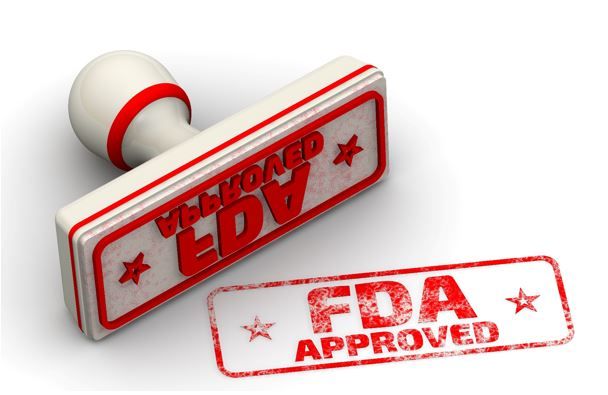- Clinical Technology
- Adult Immunization
- Hepatology
- Pediatric Immunization
- Screening
- Psychiatry
- Allergy
- Women's Health
- Cardiology
- Pediatrics
- Dermatology
- Endocrinology
- Pain Management
- Gastroenterology
- Infectious Disease
- Obesity Medicine
- Rheumatology
- Nephrology
- Neurology
- Pulmonology
FDA Grants Label Expansion for Heart Failure Treatment
FDA approved the fixed-dose combination heart failure drug sacubitril/valsartan to reduce risk of CV death and hospitalization in patients with chronic heart failure.

The US Food and Drug Administration (FDA) this week granted a label expansion for sacubitril/valsartan (Entresto, Novartis), adding an indication to reduce the risk of cardiovascular death and hospitalization for heart failure in adult patients with chronic heart failure.
Benefits are most clearly evident in patients with left ventricular ejection fraction (LVEF) below normal, according to a press release from Novartis. The label also states that given the variability in LVEF as a measure, clinical judgement is essential in patient selection.
FDA’s decision is based on safety and efficacy data from the phase 3 PARAGON-HF clinical trial, which evaluated sacubitril/valsartan in patients with guideline-defined HF with preserved ejection fraction (HFpEF).
In PARAGON-HF, a total of 4822 patients were randomly assigned to sacubitril/valsartan or valsartan alone. Inclusion criteria included signs and symptoms of HF, LEVF of ≥45%, evidence of natriuretic peptide elevation, and structural heart disease. The median follow-up was 34 months. FDA’s review of the study found the trial did not meet the primary endpoint of reducing total hospitalization and cardiovascular death in patients with HFpEF, but the data suggested benefit in certain patient groups. In patients with ejection fraction below the median of 57%, there was a 22% reduction in the primary endpoint and in women, a 28% reduction (rate ratio 0.73; 95% CI 0.59-0.90) in the primary end point.
“This approval is a significant advancement, providing a treatment to many patients who were not eligible for treatment before because their ejection fraction was above the region we normally considered reduced,” said Scott Solomon, MD, professor of medicine at Harvard Medical School and Brigham and Women’s Hospital, and PARAGON-HF executive committee co-chair, in the Novartis statement. “Until now, treatment for these patients was largely empiric. We can now offer a treatment to a wider range of patients who have an LVEF below normal.”
